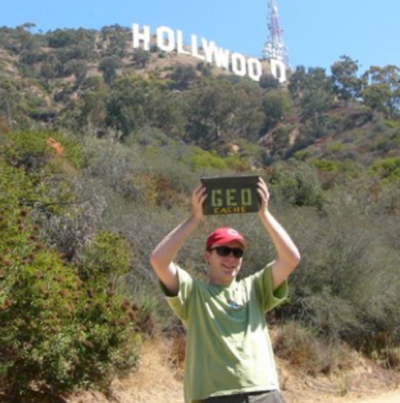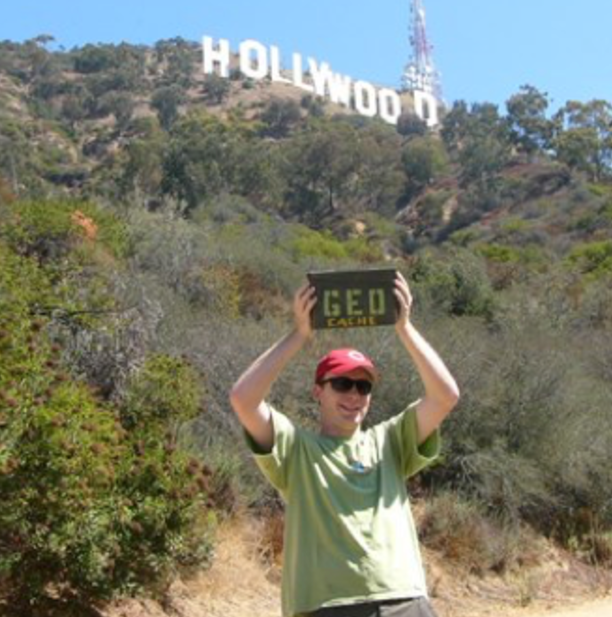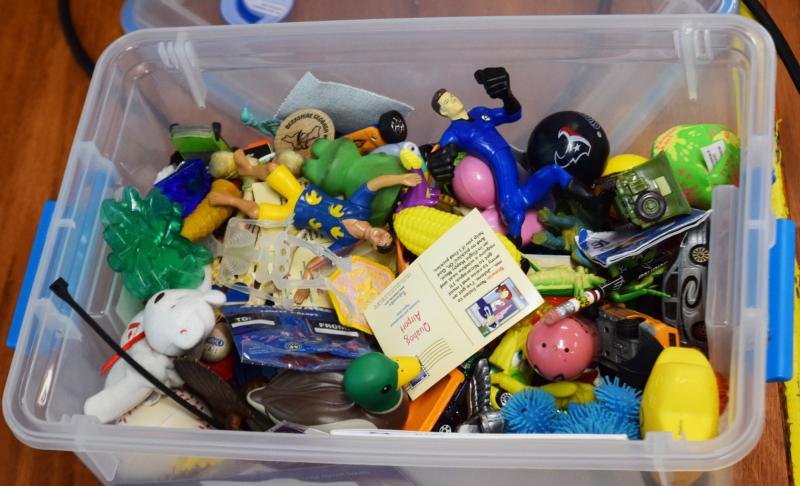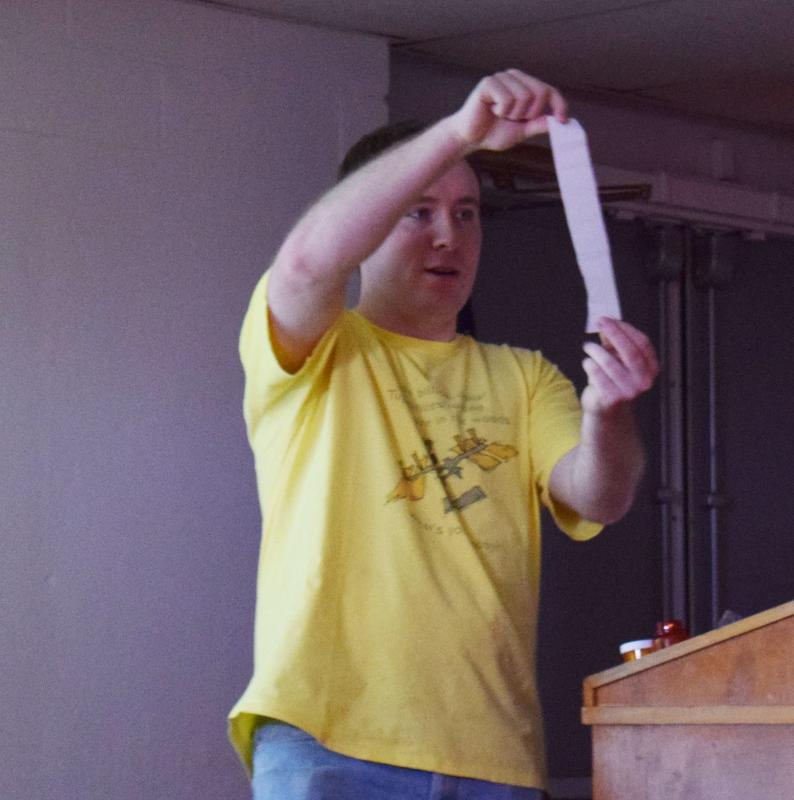6 Musts before you start geocaching
When asked, Tyler Clark will describe his hobby as “using million dollar satellites to find tupperware in the woods.”
That’s “geocaching” in a nutshell, Clark told a crowd of about 40 at his “Geocaching 101” discussion at the Southworth Library on February 18. Part high-tech treasure hunt, part outdoor game, and part sport, he’s been using the Internet to hunt for hidden geocaches deep in the woods and in cities across the country since 2007.
It works like this: people, like Clark, hide caches of varying sizes – from tiny magnets to large ammo crates and steel drums – and post coordinates or clues online for other people to find them. Each cache contains a logbook and most contain trinkets, encouraging treasure hunters to report their findings. By the numbers, there are caches in 180 countries and more than three million caches worldwide.
Caches can be as simple as a GPS coordinate pointing to a parking lot or the side of a road, to as elaborate as multi-step hunts involving puzzles and cryptic clues, long hikes in the woods, and treks on kayaks, but Clark noted there is a cache for everyone regardless of physical ability or time.
Want to try out geocaching? Here’s a few tips to get started.
1. Get the right gear.
At its core, geocaching only requires three things: a smartphone, an account on geocaching.com, and a pen for signing logbooks. Clark recommends the official geocaching app for newcomers, but there are other apps out there for Android and Apple devices. For those without smartphones, a handheld GPS receiver can also be used.
A geocaching.com account is free to create — although there is a $30 yearly membership for those with serious interest — and provides access to geocache locations and the geocaching community.
2. Decide on a difficulty.
Each geocache has two ratings: a terrain and a difficulty level, each on a scale of 1-5. A terrain rating of one means those of any age and physical condition can find the cache, while a terrain rating of five usually indicates hazardous terrain or equipment — such as kayaks to cross water or climbing gear — are required. A difficulty level of one means little effort is required to find the cache, while a difficulty level of five means the cache is well-hidden or requires completing difficult puzzles to find.
3. Know the rules.
It’s important to know the unofficial rules of geocaching. Every geocache will contain a logbook listing everyone who has found the cache. Always sign it.
Geocachers who take trinkets from geocaches should always add a new one to the cache, but avoid problematic additions such as food, rocks, and pinecones. Always re-hide the geocache in the same way it was found to make it enjoyable for the next treasure hunters and prevent vandalism. When reporting your finding online, be descriptive.
4. Know the lingo.
Geocachers have adopted their own acronyms and jargon, such as “muggle” for non-geocachers and “muggled” for a cache damaged by a non-geocacher, and “GPSr” for the device used to pinpoint one’s location. Acronyms include “FTF” for First to Find, the first person to log a newly created cache, and “DNF” for Did Not Find, to signify an unsuccessful search, among others.
5. Get out there.
Geocaches can be found in every state, and nearly every country in the world, including on busy city streets, local parks, deep in the woods, and along hiking trails. Locally, audience members recommended picking geocaches at the Dartmouth Regional Parks and Trails on Old Fall River Road as a starting point, as the property contains more than 20 caches, from an easy-to-find one right in the parking lot to ones requiring half-mile treks into the woods.
6. Network with the community.
The geocaching.com website lists meet-ups, community caching events, and other special activities to meet new people who share the hobby. Clark found out that a group called the South Eastern Massachusetts Geocachers posts events on the geocaching.com calendar, but you can find all global geocaching get-togethers.
















